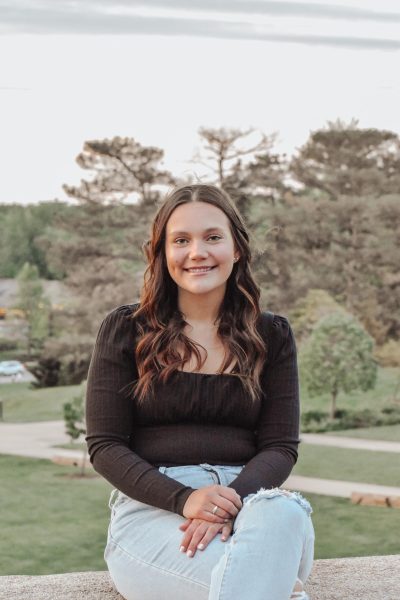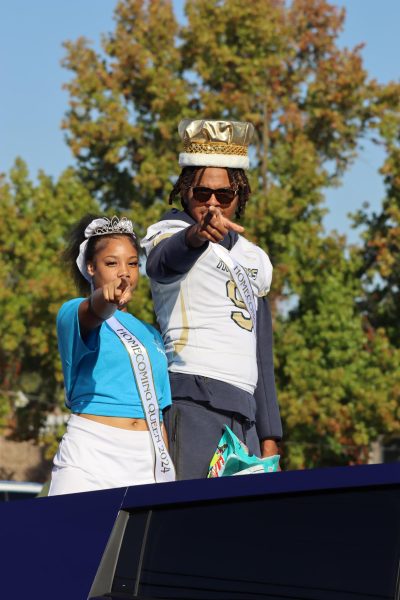Remembering a Champion: Ruth Bader Ginsberg

The late U.S Supreme Court Justice Ruth Bader Ginsburg’s last wishes in regards to succession.
On September 18, the trailblazing U.S Supreme Court Justice, Ruth Bader Ginsburg passed away at 87 after a long fight with metastatic pancreatic cancer. Known for her groundbreaking achievements in the battle for gender equality and civil liberties, Ginsberg was a national icon for justice.
Having served for 27 years as the second female Justice to be appointed, Ginsburg held the reputation of being “tough as nails”. Even up until her death, she worked with a personal trainer in the Supreme Court’s exercise room and could lift more than Justices Breyer and Justice Kagan. But this attitude doesn’t come from just anywhere.
Joan Ruth Bader was born on March 15, 1933 in Brooklyn, New York to fur merchant Nathan Bader and garment factory worker Celia Amster. Through her mother’s dedication to her older brother’s education (having foregone her own chance at college education), Ginsberg developed her own love for it and excelled at her studies at James Madison High School.
However, a mere day before graduating, her mother died from cancer. This seemed to only spur her further as Ginsberg later graduated at the top of her college class in 1954 at Cornell University, an Ivy League school. This was also where Ginsberg met her husband Martin, a fellow first year law student. Putting any further education on hold, the couple decided to start a family.
They had their first child of two, Jane, in 1955, shortly after Martin had been drafted into the military for two years of service. Two years later after her husband’s return, they both enrolled at Ivy League school Harvard University to study law. But the road ahead was filled with bumps.
A year later, Martin was diagnosed with testicular cancer. During this time, Ginsburg balanced keeping her now sick husband up to date with his studies whilst maintaining her own studies and her position at the top of her class. Furthermore, she had to deal with not only tackling the challenges of motherhood, but also the discrimination that came with being one of nine females in a 500 person class. Even the people at the top were giving her trouble, saying she took a man’s spot and shouldn’t be there as it was no place for a woman. Despite this, Ginsburg flourished, even becoming the first female member of the Harvard Law Review, a student led law review.
During her third year, her husband recovered, graduated from Harvard, and moved to New York City to join a law firm there. With one more year to go, Ginsburg transferred to Ivy League school Columbia University in 1959 and also joined their review like she had done at Harvard. She graduated at the top of her class in 1959.
Despite her fantastic academic background, Ginsburg was not protected from gender and religious (she was Jewish) discrimination when she started to try to find employment. This was until a favored Columbia professor explicitly stated that he would not recommend any other graduates until U.S District Judge Edmund L. Palmieri took on Ginsburg as a clerk. This went on for two years. Afterward, she was offered a few jobs at law firms, but with lower salaries than her male counterparts. Thus she decided to focus on her other passion, civil procedure, and opted to join the Columbia Project on International Civil Procedure. This enabled her to travel to Sweden for two years, where she wrote her book on Swedish Civil Procedure practices. After returning to the states in 1963, she became a professor at Rutgers University Law School (formally known as Queen’s College) until in 1972 when she accepted an offer to teach at Columbia University, becoming the first female professor there to earn tenure. During this time, she also directed Women’s Rights Project of the American Civil Liberties Union, using her position to fight against gender discrimination and successfully win six landmark cases before the U.S Supreme Court. Ginsberg fought for both men and women alike, having experienced her fair share of discrimination (like having to hide her pregnancy from her colleagues whilst she attended Rutgers) and wanting to use what power she had to stop it.
In 1980, Ginsburg made the life changing decision of accepting Jimmy Carter’s appointment to the U.S Court of Appeals for the District of Columbia. This led her, 13 years later, to be appointed to the U.S Supreme Court by Bill Clinton, preceding Justice Bryon White.
From there, Ginsburg began her extraordinary career as a justice. She fought in many cases; United States v Virginia (where she wrote the majority opinion), Ledbetter v Goodyear Tire & Rubber Co. (where she wrote the dissenting opinion), Frontiero v Richardson, Califano v Goldfarb, Duren v Missouri, Kahn v Shevin, Weinberger v Wiesenfeld, King v Burwell (upholding of Affordable Care Act), and Obergefell v Hodges (legalization of same sex marriage). One notable less known case of the bunch, aside from King v Burwell and Obergefell v Hodges, was Ledbetter v Goodyear Tire & Rubber Co (2006).
This case concerned a plaintiff (a female worker being paid significantly less than males with the same qualifications) that sued under Title VII but was refused relief in regards to a statute limitations issue. This particular case involved federal procedure and gender discrimination, both of which Ginsberg was very much passion about. Which is why she broke with tradition and wrote an informal version of her dissent to read from the bench. In her dissent, she also included an address to Congress to undo this improper interpretation of the law and went on to work with President Barack Obama to pass the first piece of legislation he ever signed called the Lilly Ledbetter Fair Pay Act of 2009. Fun fact: A copy of this document hung in her office.
Ruth Bader Ginsburg was a true champion, a force to be reckoned with and everyone knew it. She never missed a day of oral arguments, not even when she dealt with having to undergo chemotherapy for pancreatic cancer, after surgery for colon cancer, or the day after her husband’s death in 2010. She changed the country for everyone and left it better than it had been. Whoever fills her vacant spot has incredibly large shoes to fill and a responsibility to enact justice like she did.











